Do you have a question about the Electro-Voice TL606DW and is the answer not in the manual?
Details frequency range, 3-dB-down points, usable limits, and half-space reference efficiency.
Specifies long-term average power capacity, EIA standard, and maximum acoustic output.
Provides SPL at 1 meter/1W and dispersion angles across different frequency bands.
Covers directivity factor (Q), index (D₁), and harmonic distortion levels.
Lists transducer complement, box tuning, impedance, input connections, and enclosure materials.
Overview of the TL606DW's design, dual woofers, and extended low-frequency performance.
Use as the main low-frequency component in various audio systems.
Details the physical dimensions, net weight, and shipping weight of the enclosure.
Illustrates the axial frequency response of the speaker system.
Shows one-third-octave polar responses in an anechoic environment.
Presents beamwidth data against frequency in a whole space.
Displays directivity index and factor versus frequency.
Graphs harmonic distortion at 0.01 rated power input.
Graphs harmonic distortion at 0.1 rated power input.
Illustrates vertical and horizontal mounting methods using suspension kits.
Details how the frequency response was measured in an anechoic environment.
Explains the measurement of directional characteristics using polar response curves.
Presents plots of second and third-order harmonic distortion at specific power inputs.
Details Electro-Voice's proprietary power testing method based on EIA Standard RS-426A.
Explains the need for protection against low-frequency signals to prevent damage and distortion.
Discusses how using multiple TL606DW units increases acoustic output and efficiency.
Guidance on positioning the system for optimal acoustic performance in various environments.
Details the use of HS6 and HS7 kits for safe horizontal and vertical suspension.
Describes accessories like crossovers and mounting kits for integrating with horns and drivers.
Defines the technical requirements for system integration in architectural plans.
Outlines the terms, exclusions, and limitations of the product warranty.
Details frequency range, 3-dB-down points, usable limits, and half-space reference efficiency.
Specifies long-term average power capacity, EIA standard, and maximum acoustic output.
Provides SPL at 1 meter/1W and dispersion angles across different frequency bands.
Covers directivity factor (Q), index (D₁), and harmonic distortion levels.
Lists transducer complement, box tuning, impedance, input connections, and enclosure materials.
Overview of the TL606DW's design, dual woofers, and extended low-frequency performance.
Use as the main low-frequency component in various audio systems.
Details the physical dimensions, net weight, and shipping weight of the enclosure.
Illustrates the axial frequency response of the speaker system.
Shows one-third-octave polar responses in an anechoic environment.
Presents beamwidth data against frequency in a whole space.
Displays directivity index and factor versus frequency.
Graphs harmonic distortion at 0.01 rated power input.
Graphs harmonic distortion at 0.1 rated power input.
Illustrates vertical and horizontal mounting methods using suspension kits.
Details how the frequency response was measured in an anechoic environment.
Explains the measurement of directional characteristics using polar response curves.
Presents plots of second and third-order harmonic distortion at specific power inputs.
Details Electro-Voice's proprietary power testing method based on EIA Standard RS-426A.
Explains the need for protection against low-frequency signals to prevent damage and distortion.
Discusses how using multiple TL606DW units increases acoustic output and efficiency.
Guidance on positioning the system for optimal acoustic performance in various environments.
Details the use of HS6 and HS7 kits for safe horizontal and vertical suspension.
Describes accessories like crossovers and mounting kits for integrating with horns and drivers.
Defines the technical requirements for system integration in architectural plans.
Outlines the terms, exclusions, and limitations of the product warranty.
| Brand | Electro-Voice |
|---|---|
| Model | TL606DW |
| Category | Speaker System |
| Language | English |
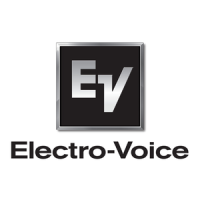


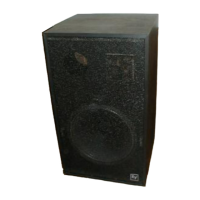

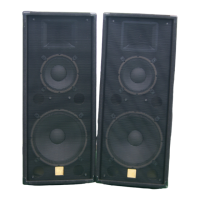

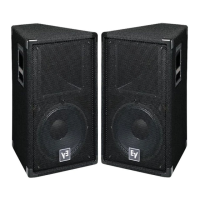
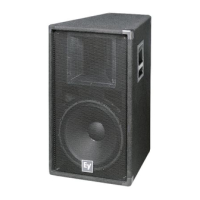
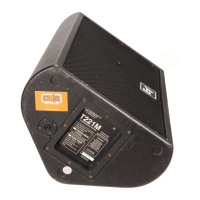
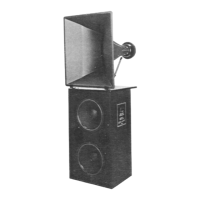

